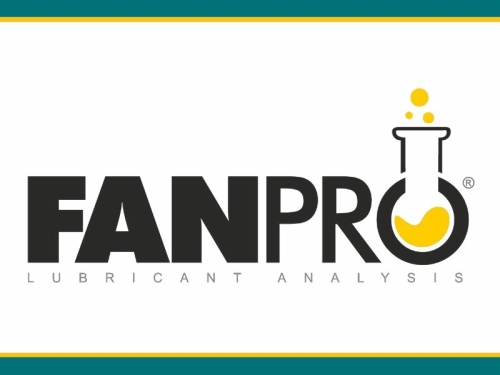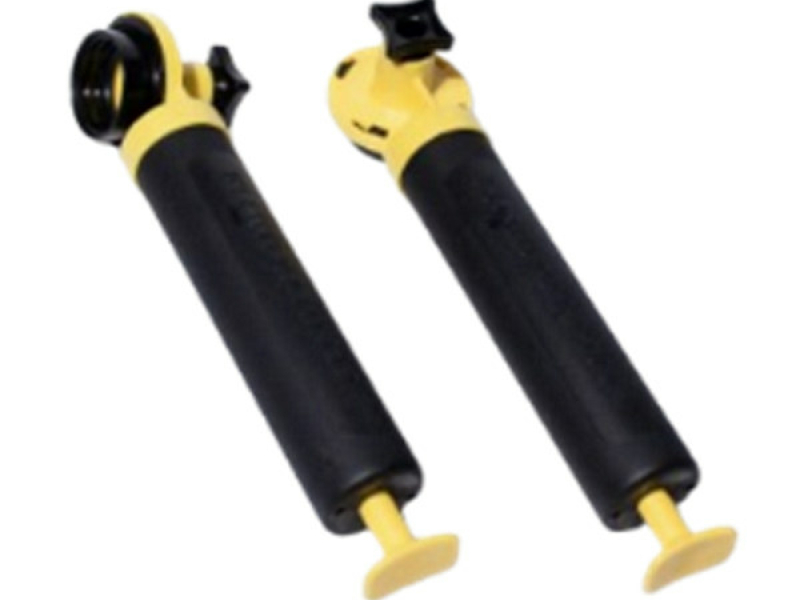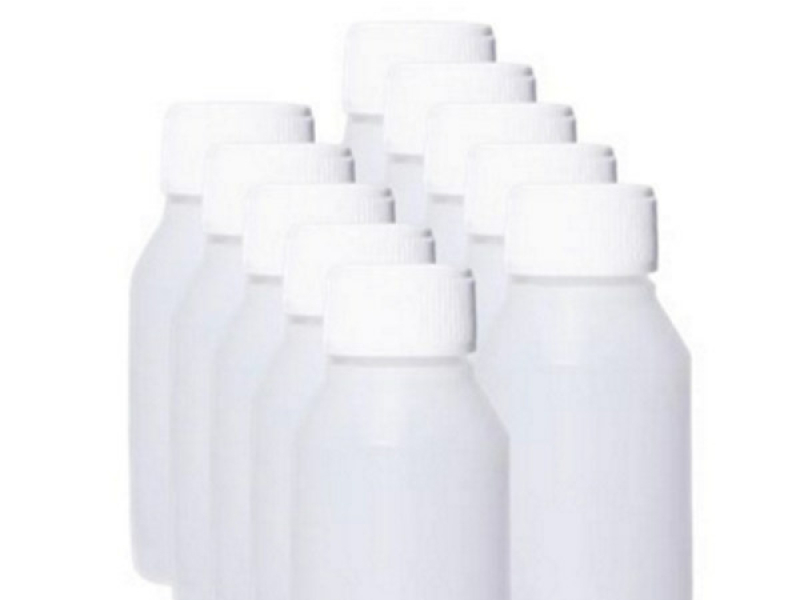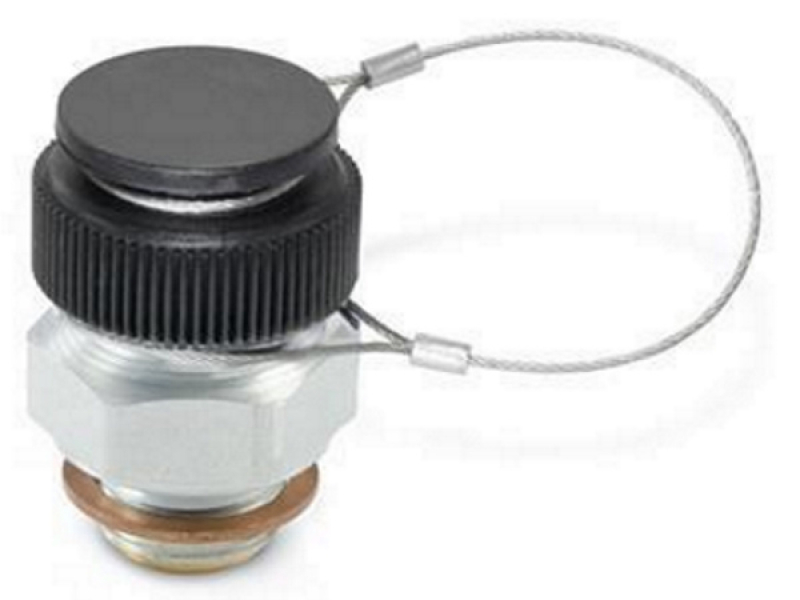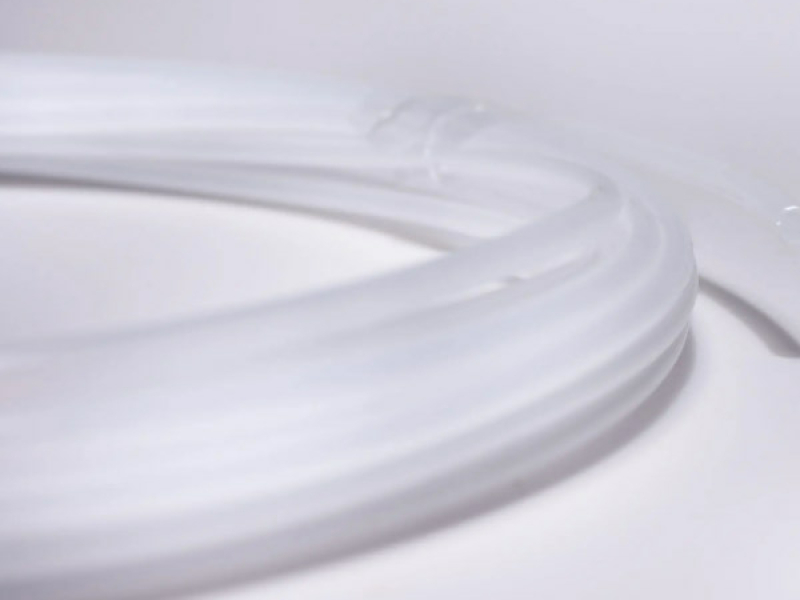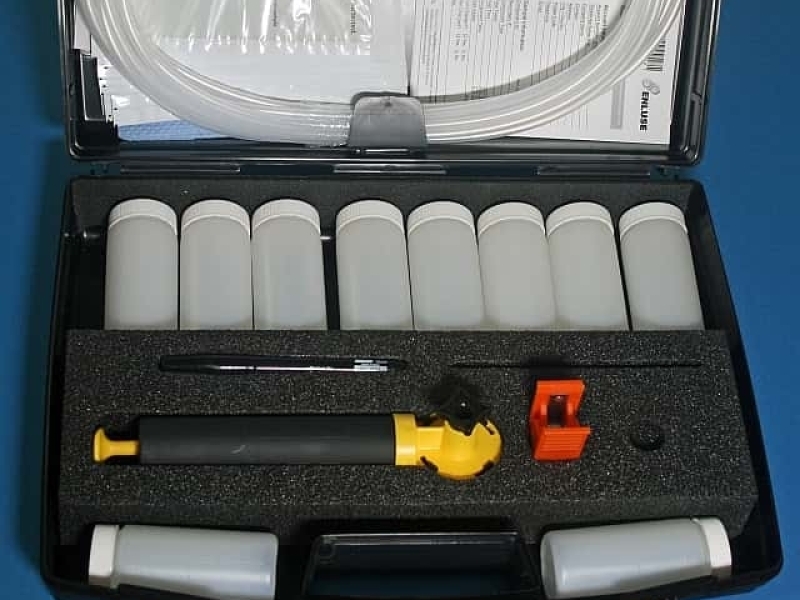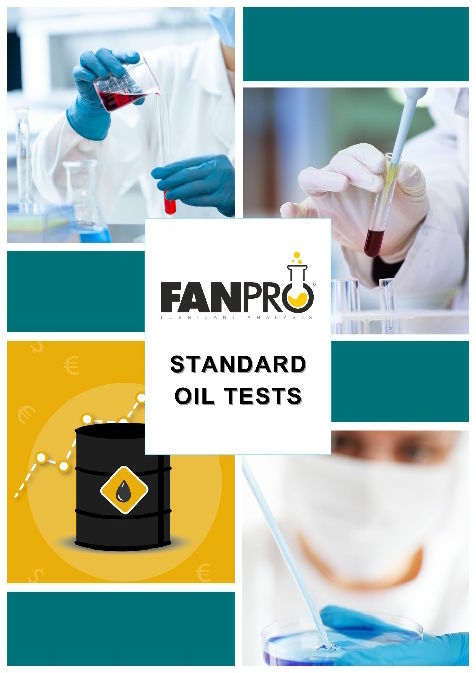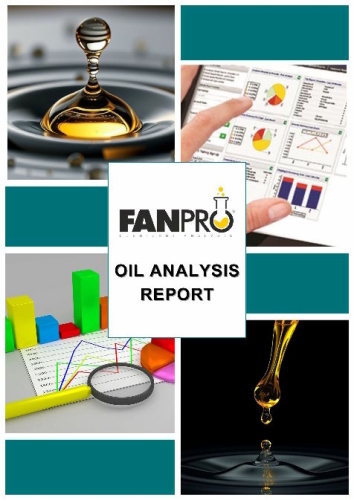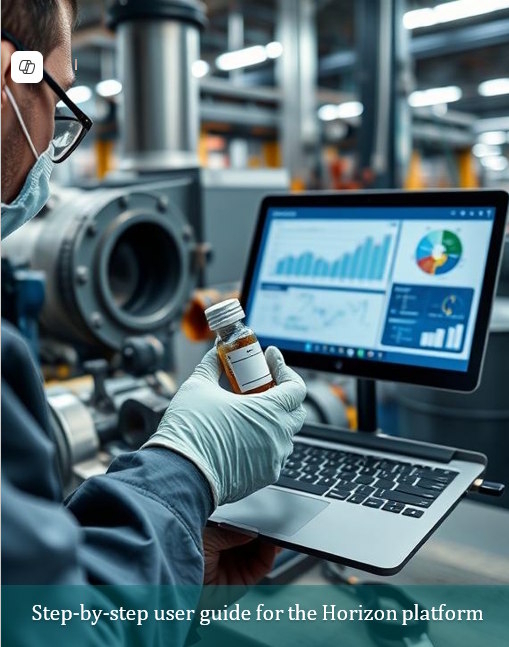What should be tested? (Components)
Every critical component in your equipment deserves tailored lubrication analysis to prevent unexpected breakdowns:
- Compressors: Essential in manufacturing, refrigeration, or gas compression—monitor for wear and contamination.
- Engines: Detect early signs of the top four engine ‘killers’, including wear metals and contaminants—crucial for power, mining, transport.
- Gear Systems: Identify misalignment, wear and contamination in gearboxes, particularly in harsh environments.
- Hydraulics: Sensitive to contamination—monitor hydraulic oils to safeguard pressure, precision and performance.
- Transmissions: Particularly exposed to dirt and water, especially in off‑highway and heavy‑duty vehicles.
- Turbines: Extend expensive drain intervals and ensure power‑generation reliability through condition‑based sampling.
Where should be tested? (Industries)
Lubretec delivers oil sampling and analysis solutions across key operational sectors:
- Oil & Gas: Keep compressors and critical equipment running without costly delays.
- Mining & Heavy Industry: Monitor engines, hydraulics and gearboxes under extreme dust, dirt and water exposure.
- Power Generation: Ensure reliable turbine performance and safe interval extensions.
- Construction & Off‑Highway: Protect transmissions and hydraulic systems against contamination and wear.
- Marine & Transportation: Safeguard engines and gear systems from salt water, load stresses and environmental exposure.
- Industrial Manufacturing: Maintain gearboxes, hydraulics and compressors in clean‑room or assembly settings.

